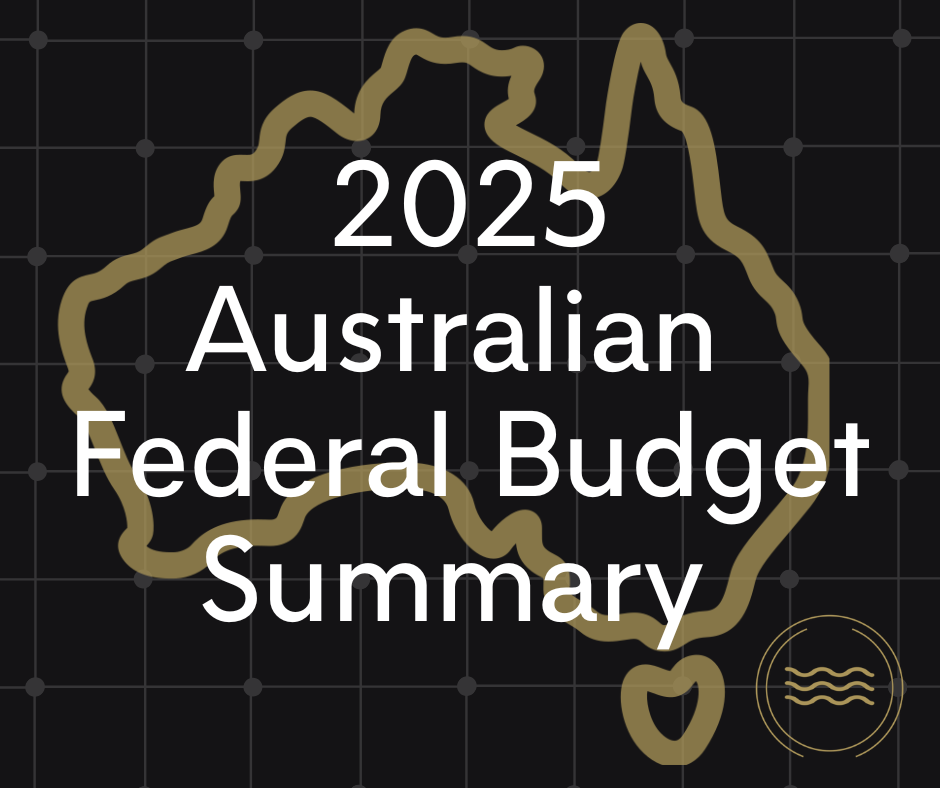
Penalties For Non-Disclosure Of Foreign Financial Assets
The FBAR, together with the FATCA regime, requires U.S. taxpayers to disclose foreign financial assets subject to certain threshold requirements. Due to the cross boarder complexities, we often see tax professionals and clients alike misunderstand the requirements.
The FBAR was born as part of an anti-money laundering initiative and was codified under the Bank Secrecy Act 1970 (BSA). Under the administration of the US Treasury, the penalties for any breach or non-compliance of the FBAR provisions were relatively minor. In 2003, the Secretary of the Treasury delegated civil enforcement authority of the FBAR as part of a crackdown on tax evasion and abusive offshore transactions.
The FBAR is required to be filed by all US taxpayers (citizens, green card holders and non-immigrant aliens classified as residents under the substantial presence test) with foreign accounts, or signatory authority over foreign accounts, that have an annual aggregate balance of over US$10,000 at any time during the calendar year. The key here is that it does not apply on a per account basis; rather, it is a combined total value across all foreign bank accounts, financial accounts and certain insurance policies. Where non-disclosure is wilful, the penalty may be up to US$100,000 or 50% of the value of the non-disclosed account at the time of the violation.
The FATCA Form 8938 filing requirements do not replace or otherwise affect a US taxpayer’s obligation to file an FBAR. In many cases, the same accounts are reported on both Form 8938 and the FBAR with the Internal Revenue Code (Code) imposing a $10,000 penalty for failure to disclose the required information on Form 8938.
If a taxpayer does not correct non-compliance within 90 days of receiving an IRS mail notice, the penalty increases by $10,000 for each 30-day period of non-compliance, with the penalty being capped at $50,000.
FATCA Form 8938 is required by US taxpayers with a total value of specified foreign assets exceeding the thresholds outlined below. Where a US taxpayer lives outside of the US, the financial threshold is higher than that of a US taxpayer residing within the US.
| US taxpayer in the US | Living abroad | |||
| Year end | During the year | Year end | During the year | |
| Married filing joint | US$100,000 | 150,000 | US$400,000 | 600,000 |
| Single | US$50,000 | 75,000 | US$200,000 | 300,000 |
If you believe that you may have an obligation to report your foreign financial assets and have not being doing so, there are remediation programs offered by the IRS that you may be able to enter which will reduce the penalties above. Get in touch with a member of our team to discuss your options.




